Welcome to the Creating Brave Spaces for Health Communication module.
Acknowledgement of Country
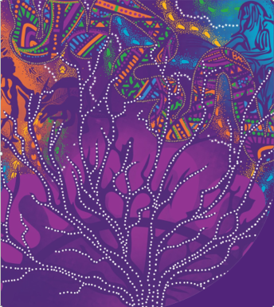 We would like to acknowledge the Traditional Custodians of the lands on which this module was designed and developed, the Yuggera and Turrbal people. We invite you to learn about and acknowledge the Traditional Custodians of the lands on which you join us.
We would like to acknowledge the Traditional Custodians of the lands on which this module was designed and developed, the Yuggera and Turrbal people. We invite you to learn about and acknowledge the Traditional Custodians of the lands on which you join us.
We would like to pay our respects to the Ancestors and Descendants of these lands and acknowledge their continued cultural and spiritual connections to Country. We would also like to recognise their valuable contributions to Australian and global society.
Acknowledging Country is not a tick box exercise, particularly in this module about creating brave and safer spaces in health communication. Acknowledging Country is a process for learning and respectfully engaging in cultural protocols from your own cultural position. By situating ourselves in relationship to Country, we are seeking to be open and to reflect on the space and place we occupy – working to make it more culturally respectful and inclusive. With that in mind, we would like to acknowledge the tremendous contribution of Aboriginal and Torres Strait Islander peoples to Western ideas and understanding of the concepts and practices that we will be learning about in this module.
Learning Objectives
 With these important introductory notes, let’s dive into the Learning Objectives for this module:
With these important introductory notes, let’s dive into the Learning Objectives for this module:
By the end of this module, you will be able to:
- Understand the concepts ‘identity’ and ‘culture’
- Identify and understand how identity and culture inform the differences between cultural competence, cultural safety and cultural humility in health communication
- Identify the role of reflection and reflexivity in creating brave and safer spaces for health communication 1,2
- Understand the importance of creating brave and safer spaces for health communication1,2
Disclaimer: Sometimes learning is a bit uncomfortable. You may be aware of these feelings during some parts of this module. We encourage you to notice when this is happening and spend time to reflect on why these feelings of discomfort might have arisen to deepen your learning experience.
As you go through this module, we suggest that you1:
- Understand that you may not agree with everything about this aspect of health communication
- Own your own intentions and impact in health communication
- Enter into health communication challenges by choice and with intention
- Consider what respect looks like for you as you engage with this module and as you seek to apply this to health communication contexts
- Remember to challenge ideas and not people.
3. Cultural Competence, Cultural Safety, and Cultural Humility
Now that we have a better understanding of the concepts of identity and culture, let’s have a look at how they inform the differences between cultural competence, cultural safety and cultural humility in health communication8-14. As you watch the animation below, consider how the notions of your own identity and culture feed into the ways these concepts may be practiced throughout your life, studies, and career.
The animation you have just watched draws on visual metaphors to help unpack key elements of our main character’s journey through cultural competence, cultural safety and cultural humility. Was there one visual metaphor that resonates most strongly for you? Perhaps the seedling? The bubble? The butterflies? The snorkel? Or attempting to swim after the bubble popped?
Spend some time reflecting on the visuals that stand out most strongly for you. Below are some prompts directed at a particular visual aspect of the animation. Feel free to draw on these questions to support you in exploring these themes further.
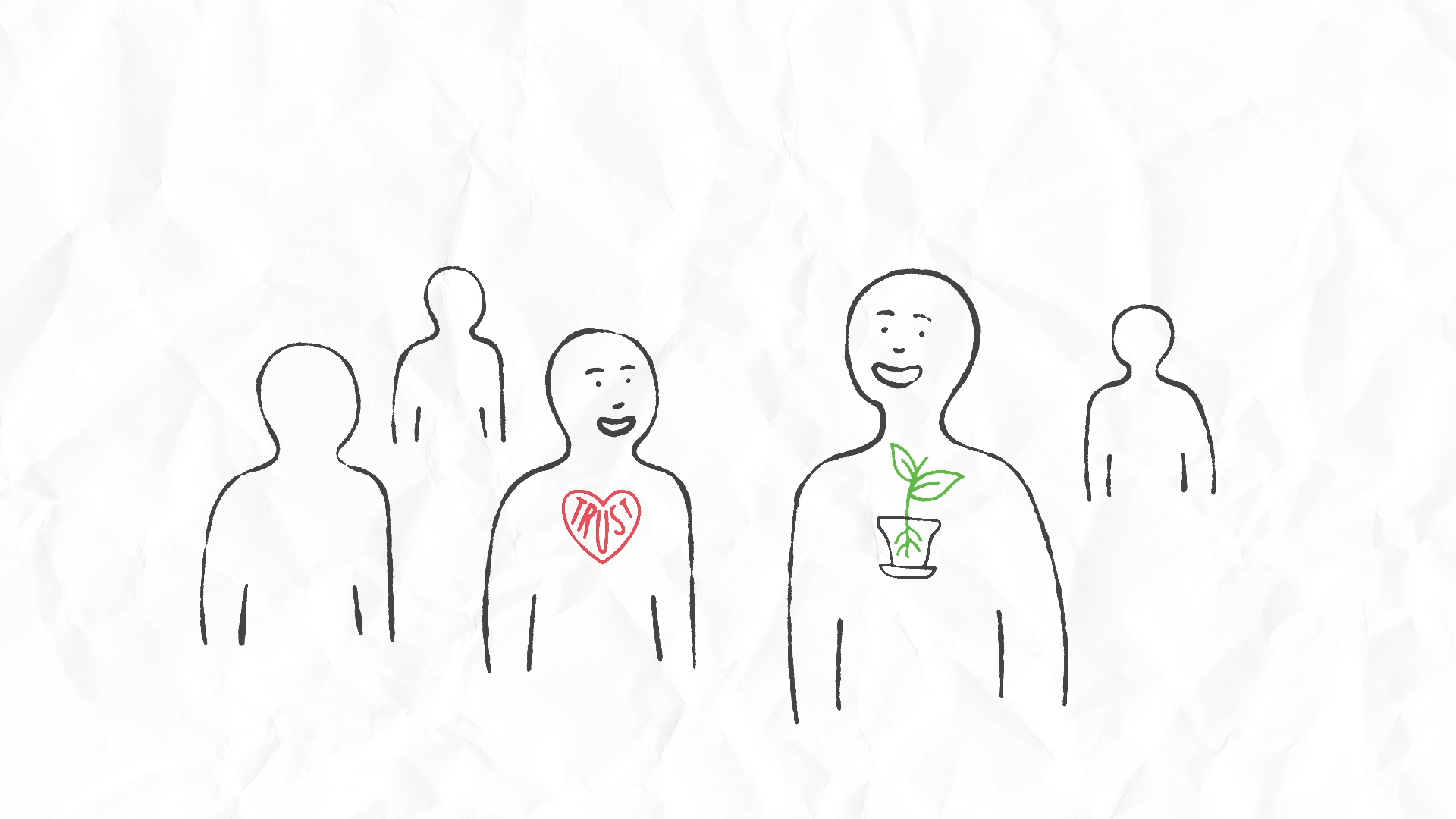 Seedling:
Seedling:
- What do you think the seedling represents?
- How was your seed sown? Was it influenced by an experience, person, event?
- How is your seedling growing?
- What are you relying on as sustenance for your seedling?
- How are you relating to your seedling and expectations of its growth?
Additional guiding questions relating to:
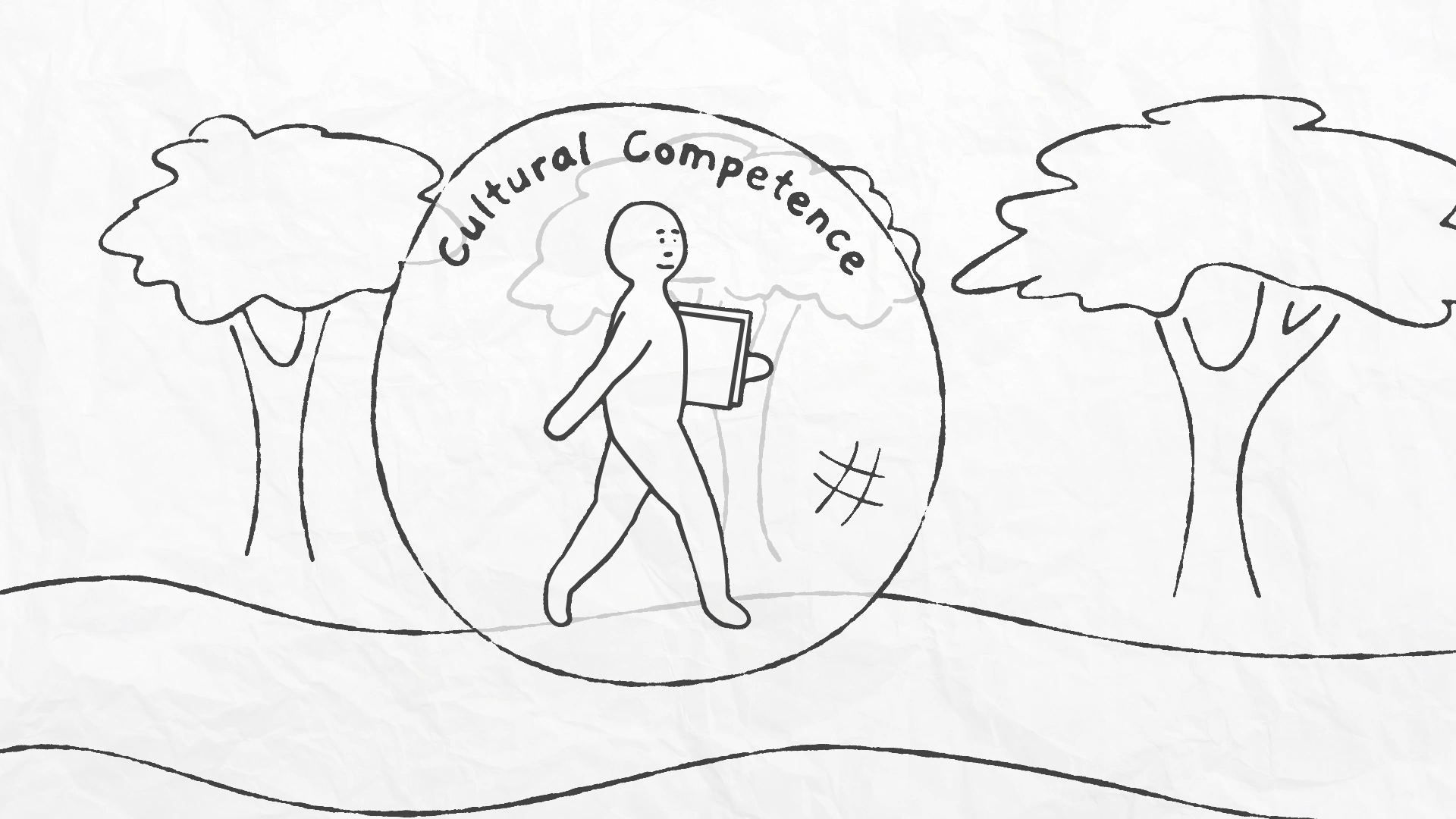
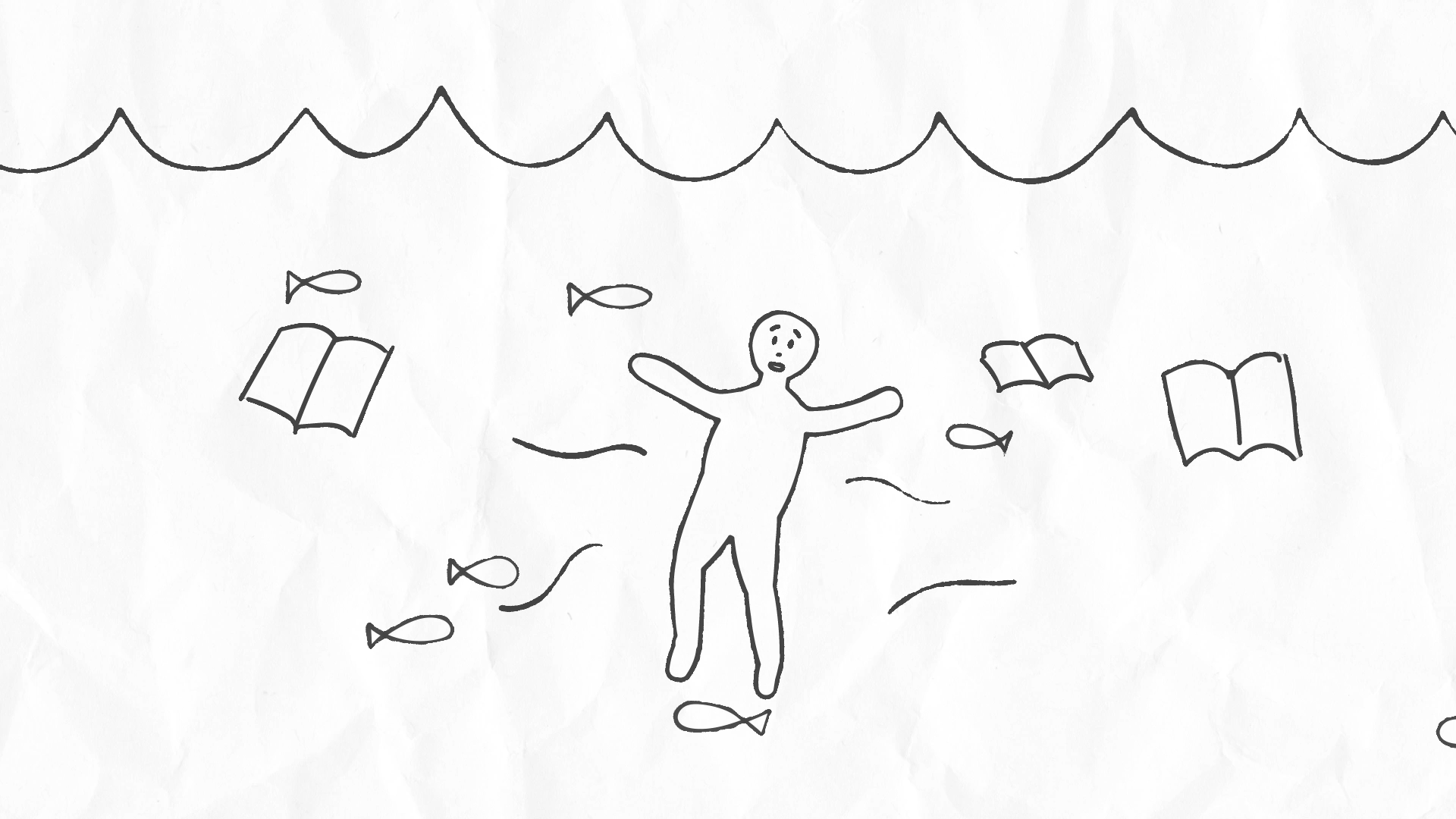
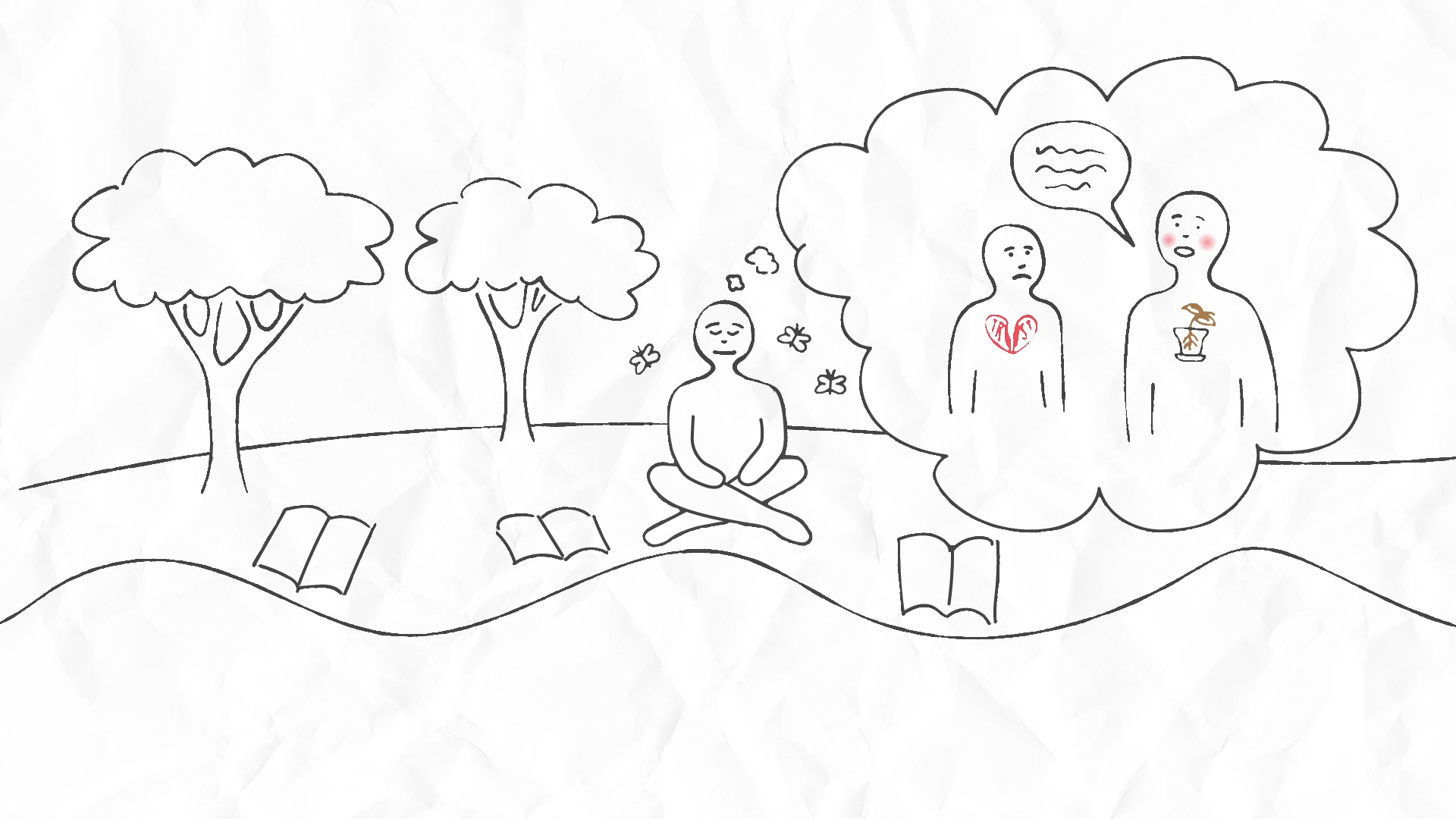
Hopefully the animation has allowed you to see that the accumulation of knowledge does not necessarily help us shift deeply ingrained beliefs about the world. However, that doesn’t mean we should not endeavour to read and learn. In fact, that’s precisely what we can do-- commit ourselves to learning. It’s all about how we engage in this learning process.
ally ˈalʌɪ noun
| NOTE: as is the case with cultural safety, only the person/people you are attempting to support can determine whether or not you are acting as an ally. Learn more here about how to be a good Indigenous ally in Australia.
|
When we can humbly arrive as the learner in any space (especially inter-cultural spaces), we can begin to see how our preconceived notions are clouded with biases and could never be the full picture. This should not deter us from trying, but instead propel us into a place of humility and encourage us to take steps toward allyship.
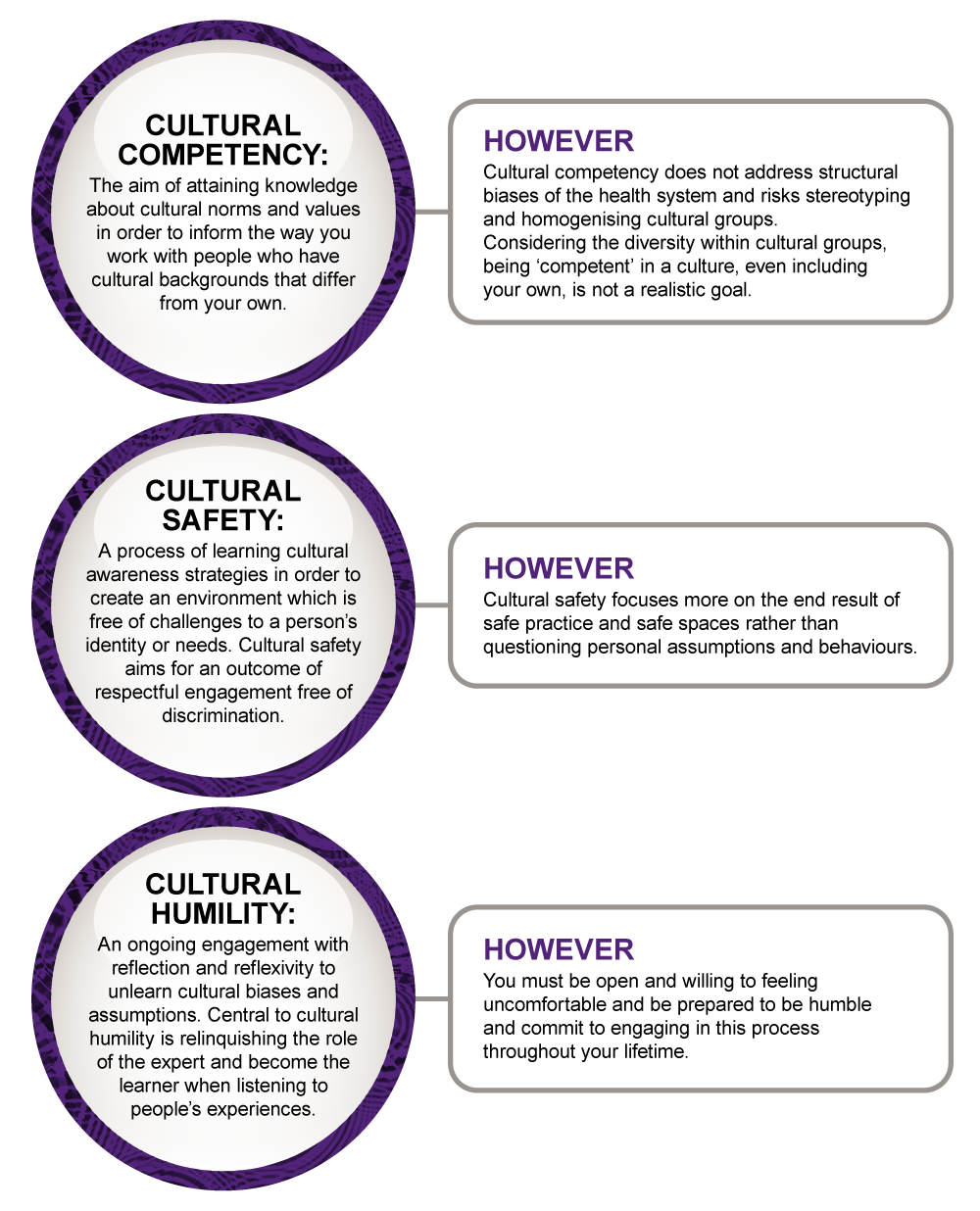
Cultural competency and safety are necessary, but not enough. We can use reflexivity to inform our process and move us into a place of cultural humility. This, in turn, can open us up to cultivating more authentic, respectful, and diverse relationships through which we can seek to act as allies, not experts.
